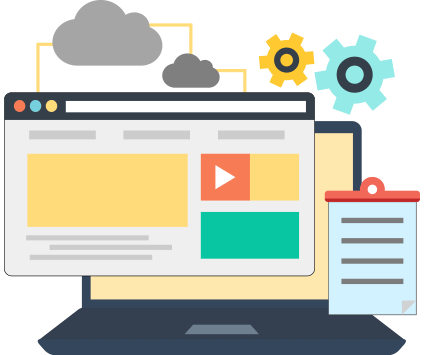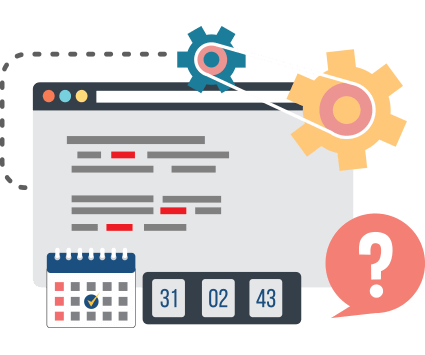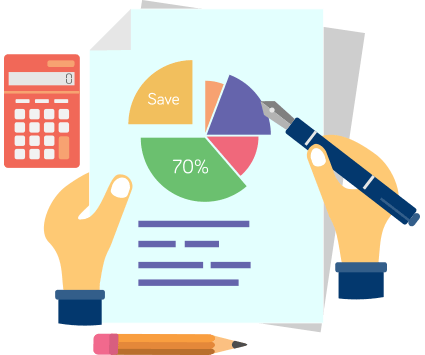
Style master and specification is the DNA of your products. Style master consists of the pattern of the product with graphic images, which defines the major category of the product. As line items for a style master, style specification explains the detail of the style (such as available colors, materials, components, etc.). As there are many revisions expected within styles, our EMS retains all previous revisions in a ‘style history’ which can be used for further product development.

Organizing and controlling samples and sample orders are some of the most important tasks in product development. Controlling sample order placement and following up with pattern and revision numbers with manufactures are the key to guarantee that the right products will be made with matching samples the design room approved. As there are multiple tiers of samples such as development samples, confirmation samples, production samples, etc., all of them of are maintained in our PLM module.

Upon following up with samples followed by testing, the product will be approved with the style number and name assigned. History of approval vs. rejection, testing result with comments, and reason for rejection are retained in the PLM for the styles as they are adopted and rejected.

Products are approved considering an estimated FOB and landed cost after calculating all of the components in style master and specification plus packaging and other misc. costs at the manufacturer’s end. ELC (Estimated Landed Cost) is calculated based on FOB, duty, ocean freight, brokerage, local freight, and other miscellaneous costs. Since this cost may vary based on exchange rate, freight, and other factors, our PLM retains cost changes to be reviewed.

At Q Systems, we understand how important it is to keep your data safe. You can protect sensitive information with the use of passwords that ensure the security of your records, with the ability to assign passwords to each user or user group as well as each menu and sub-menu selection to specify exactly the information each person can access. You can also use "change logs" to provide a record of changes made to non-financial information, informing you of the date and identity of the person who made the changes.